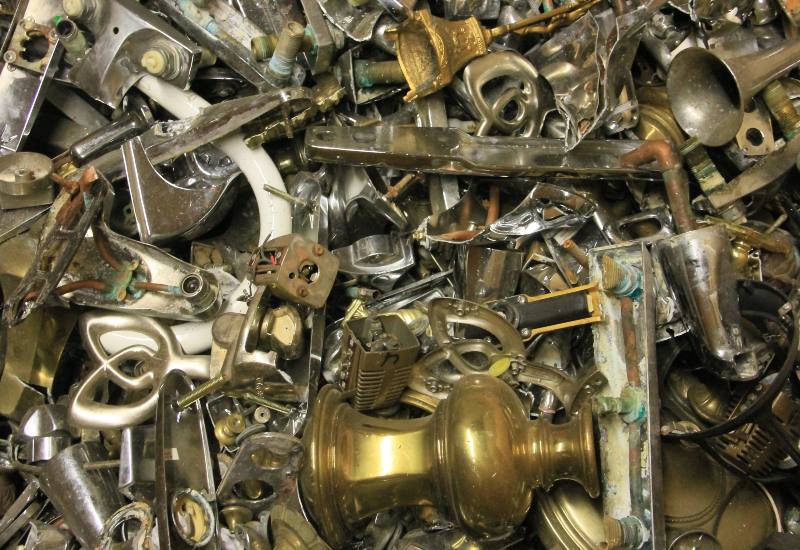How Brass Scrap is Recycled: Everything You Need to Know
Why and How You Should Recycle Your Brass.
You might think of tossing out your brass instead of recycling it, but we’re here to share with you why and how you should recycle your brass.
What is Brass?
Brass is a combination of different amounts of copper and zinc, which makes it an alloy. Brass is resistant to bacteria, easily shaped, and doesn’t spark when struck. Brass is most recognized because of its yellow-gold color but can also be a warm red, chocolate, or silver color.
What You Should Know About Brass Recycling Brass
The Process of Brass Recycling
To begin the process of recycling brass you need to collect the brass. Start collecting brass with those who use brass every day as part of their job (general contractors, those in the HVAC industry, plumbers, and car repairmen) or a scrap expert who will help you identify the brass and where you can even go to collect it. When the scrap is collected it is then processed in a machine that crushes and flattens the scraps of brass into condensed sheets or cubes that are then melted (for minutes or hours depending on the amount of brass being melted) and refined to remove any impurities. It is during the melting phase that the brass is separated into its two metals (copper and zinc) or varying amounts of the two metals will be added to alter its composition. The final step is to cool the liquid metal and then mold it into its final form or solid bars if it will be sold unformed.
Environmental and Economic Advantages of Recycling Brass
Brass is one of the most environmentally friendly metals because it uses less energy to repurpose. Another reason that brass is environmentally friendly is that it can be repurposed endlessly because it doesn’t lose its creation or physical properties, so it should never have to go into a landfill.
Recycling brass is priced per pound related to the availability of brass, copper, and zinc. Brass is very dense so smaller-sized brass items will weigh more than an aluminum item of the same size. Repurposing brass is much cheaper than producing brass from raw materials because less energy and raw materials are used to create its new form.
Types of Recyclable Brass Scrap

As mentioned at the beginning of this blog, brass is a combination of copper and zinc. The percentage of copper and zinc that are combined determines what the resulting brass is formed into. Here are some of the common types of brass and brass items that are recyclable:
- Brass castings, rod brass, and rolled brass are all known as yellow brass scrap
- Composition brass known as red brass
- New brass clippings
- New un-sweated brass
- Brass small arms and rifle shells
- Hard brass solids
This is not an extensive list of all the different items and types of brass that can be recycled but the most common items and types. If you have any questions about recycling your brass or are looking for a place to recycle your brass, fill out the contact form for North Star Metal Recycling in the metro Vancouver area online or contact us today at 604.254.2734. We have been in business since 1950 because we take pride in servicing our customers and in diverting hazardous materials and chemicals away from landfills.
